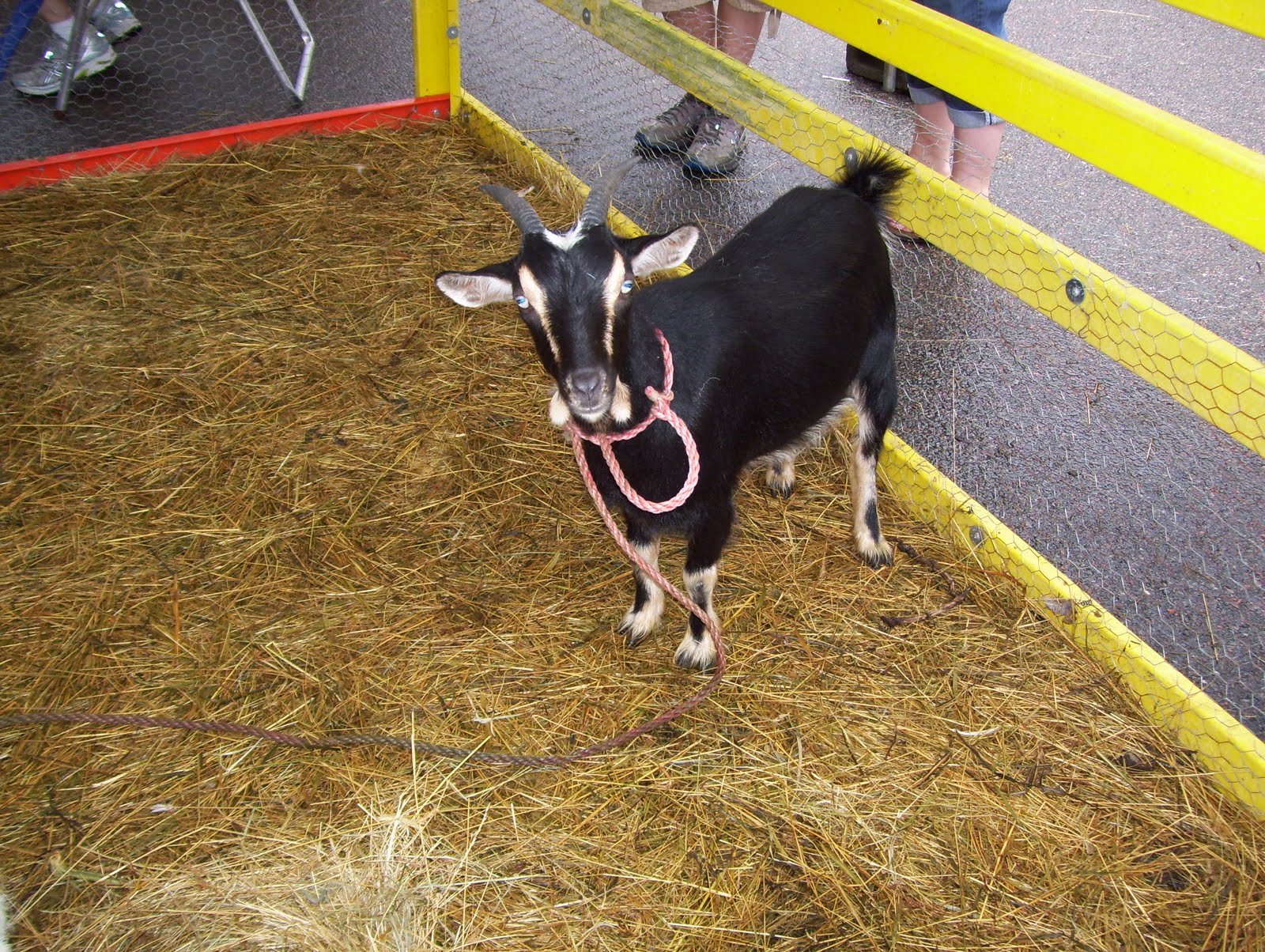

- #Where did they film the trail of the lonesome pine skin#
- #Where did they film the trail of the lonesome pine tv#
The source novel, by John Fox, Jr, was adapted four times in the silent era - thrice between 19! - so something about it must have struck an intense chord with audiences back then, but the evidence as to why that should have been the case isn't easy to see onscreen.īasically, this is a drab romantic melodrama that keeps acting like it's an action epic about a pair of warring families, with its secret heart set on being an historical docudrama about coal mining in the Virginia mountains in the early 20th Century. And as the obvious point of entry for the film is its visual style, the fact that it's conspicuously lacking on that front makes it awfully hard to feel good about anything else in the movie, which is not, if we are going to be mercilessly honest, such a unique and special butterfly that it's worth fighting for above and beyond its unquestionable historic importance.

So whether the fault lies in the filmmakers or their later archivists, the fact remains that The Trail of the Lonesome Pine is not so pretty to look at, circa 2014.
#Where did they film the trail of the lonesome pine skin#
But however it happened, the version of The Trail of the Lonesome Pine we have to watch now is a perversely muted affair, for something whose position in Technicolor history is so profoundly important: it is heavily brown across the board, with brown forests housing brown cabins in which brown clothes are worn by people with pasty, wan faces that haven't been lit anywhere near right (the absence of brown skin is, unfortunately, not remotely surprising).
#Where did they film the trail of the lonesome pine tv#
Bruce, or more with a deficient DVD transfer released by Universal (the film was among the glut of Paramount titles acquired by Universal for TV and, ultimately, video distribution in the 1950s), who clearly have no real incentive to sink much money for a major restoration into a backwoods melodrama with a minuscule contemporary audience of historically-inclined cinematography buffs. That was, anyway, the intention: I cannot begin to say if the fault lies more with cinematographers Howard Greene (the pioneering Technicolor expert making only his second film) and Robert C. It was the film that demonstrated the flexibility and utility of the Technicolor process, while also proving that the natural world could benefit from the realer-than-real depth of color that process provided to the vibrantly rich sets and colors of a studio production. And we are arrived now at one of the most important single steps in that development, with 1936's The Trail of the Lonesome Pine, the first three-strip Technicolor film shot outside of the reliable, easily-controlled environment of a studio it was filmed entirely on location in the vicinity of Big Bear Lake in the San Bernadino Mountains, far east of Hollywood and the Los Angeles metropolitan area. Still and all, the technology continued to develop and grow and prove itself long before color film ever became as standard as sound. And as late as the early 1960s, there was still a certain division between black and white as the medium for serious dramatic filmmaking, with color used mostly for broad entertainment, historical epics and musicals and the like (for example, it wasn't until 1967 that there was an all-color slate of Best Picture nominees at the Academy Awards). IV, its legendary three-strip color system that permitted for the most vividly saturated, luminous colors that have ever been known The Wizard of Oz and Gone with the Wind came out four years after the first three-strip Technicolor feature, RKO's Becky Sharp from 1935.

The second major technological revolution in cinema history, the arrival of color, was neither as abrupt nor as immediately ubiquitous as the rise of talkies: there was a certain mistrust of the artistic validity of the technology that lingered for years after Technicolor introduced Process No.


 0 kommentar(er)
0 kommentar(er)
